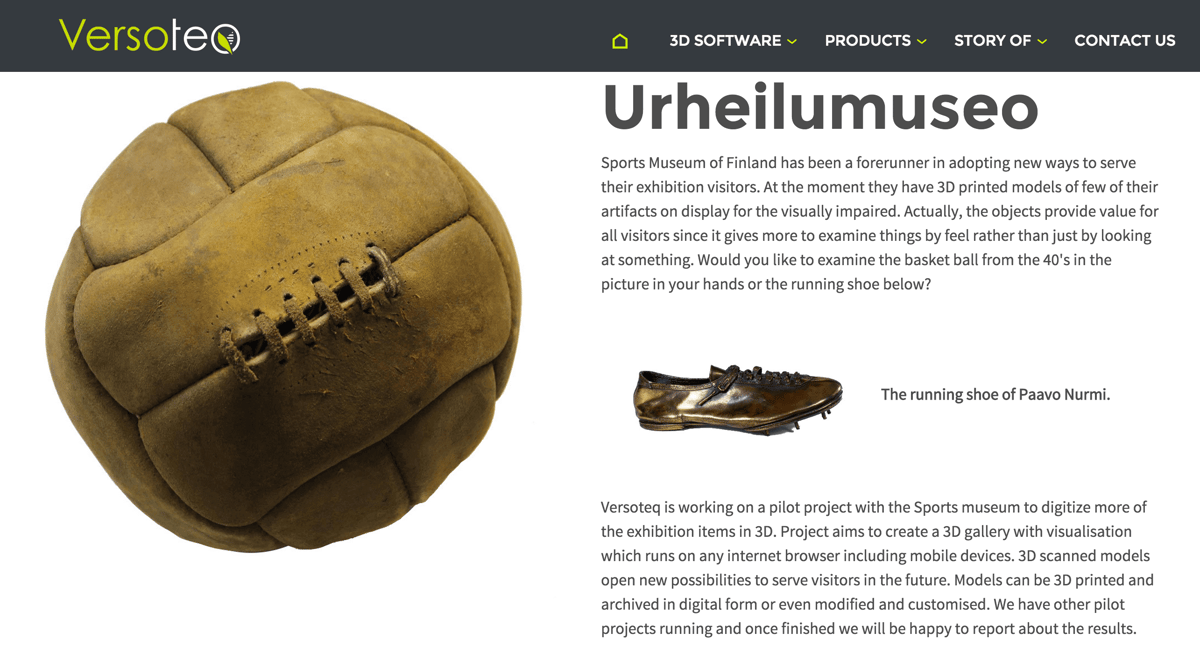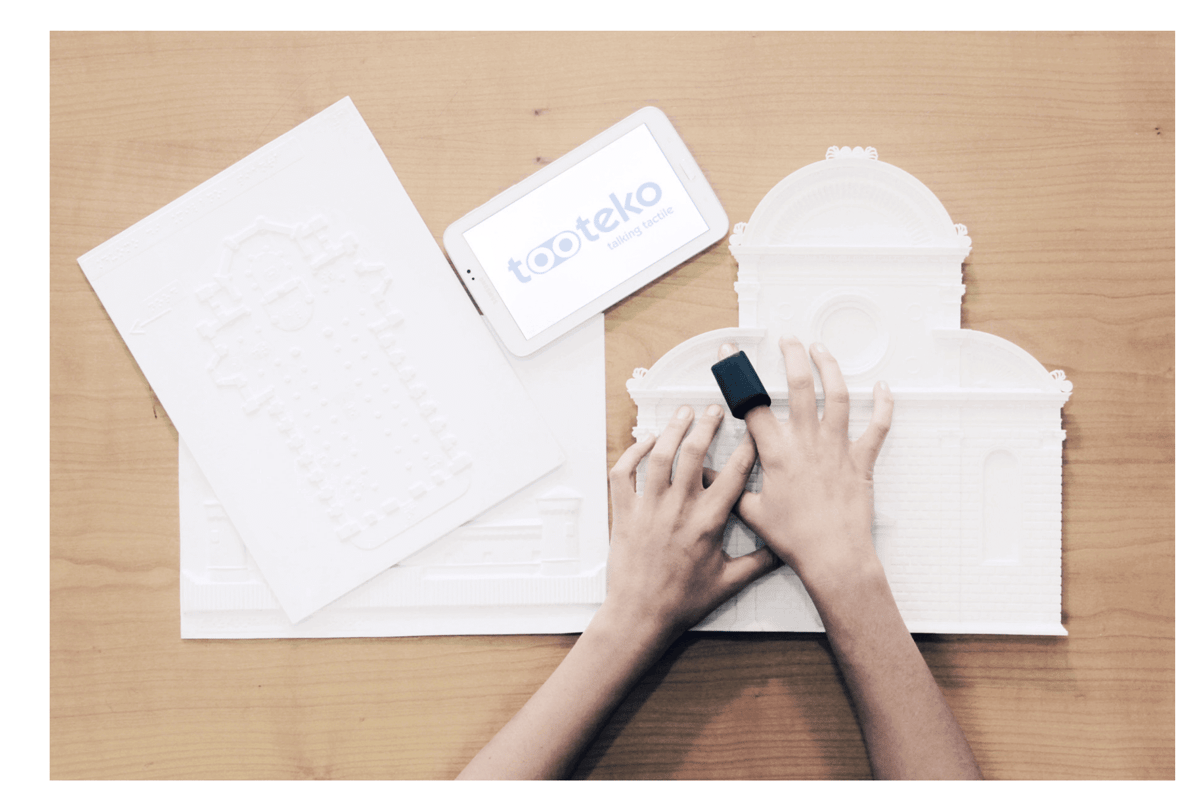Summary: 3D printing helps visually impaired people to experience art.
The idea of replicating art for many reasons is not new. Some replicas are so beautiful and accurate that they are considered works of art themselves. Replicas can be used to safeguard masterpieces or to make them more available. For blind people, having the replica of a masterpiece at hand can make all the difference between simply hearing about something and “seeing” it, through the touch. 3D printing has now made this possible more than ever before, and, as is often the case, something created to help a few, has the potential to benefit many more.
Out of the case

Using a combination of 3D scanning and 3D printing technologies, many new projects are taking the world’s artistic heritage into a new dimension. Although Finland is not known for the extend of its cultural and artistic wealth, the very first company to consider using 3D printing to allow those who have visual impairments to touch the works on display inside a museum was the Finnish startup and 3d printing service Versoteq. Together with the Museum of Sports in Helsinki, they developed Vaihtoehto Vitriinille, recreating through 3D printing some of the items, such as shoes, skis and helmets, from the countries glorious winter sports history.
3D printing proved particularly fit in this case as no other technology could offer the possibility to identically recreate unique sports paraphernalia at an affordable cost. In the world of art and sculpture, this tradition is already established, and replicas are more common. In Italy, possibly the nation with the greatest amount of historical artistic treasures in the world, there are several established institutions that offer “tactile museums for the blind”.
The idea is that of allowing visually impaired people (and also to all those who visit a museum or exhibition) to touch the replicas, either in scale or life-size, of the works. Some of the major museums and galleries in Italy (especially the Omero National Tactile Museum) already offer this option. The difference is that the low cost and rapid production through 3D printing makes it possible to replicate with relative ease any work, thus breaking down so many barriers.
Historical Architecture in Your Hands

The “La Città tra le Mani” (the “City in Hand”), project carried out by a Southern Italian start-up by the same name, with the support of the FabLab Lecce, wants to use 3D printing to replicate works of art and famous architectural structures, thus allowing those who suffer from visual impairments to experience the Italian and international cultural heritage.
The project, which was officially presented at the 3D Print Hub fair which took place in Milan last March 5th through the 7th, implemented both 3D scanning and 3D printing technologies as a great opportunity to enhance the artistic and cultural Italian landscape. Among the first building to be replicated were some of the most iconic landmarks of the beautiful Puglia city, however it is easy to see how the same format can easily be applied to any monument and historical building throughout the Italian peninsula.
A ring to help you experience art

The very first start-up to take this path in Italy was Tooteko, which was also recently awarded the Wind Start Up Award thanks to its “talking masterpieces” printed in 3D. Co-founded by Serena Ruffato, Master in Digital Architecture at the IUAV of Venice, Tooteko integrates sensors, electronics and 3D printing to create replicas of the works of art. These can be experienced by those with visual disabilities through the touch while, at the same time, they also provide interactive vocal explanations. All the user needs to do is approach a particular object to begin the interaction.
License: The text of "A touch of art for the visually impaired" by All3DP is licensed under a Creative Commons Attribution 4.0 International License.